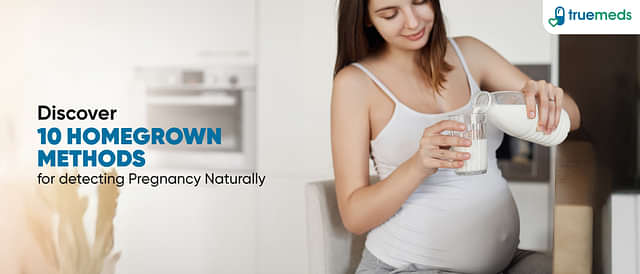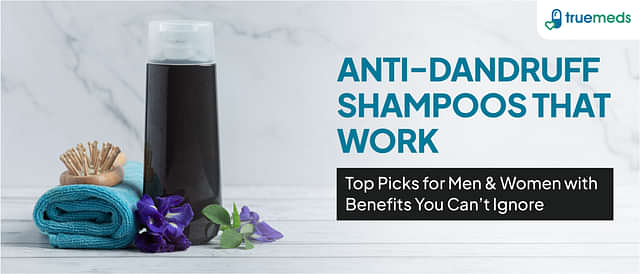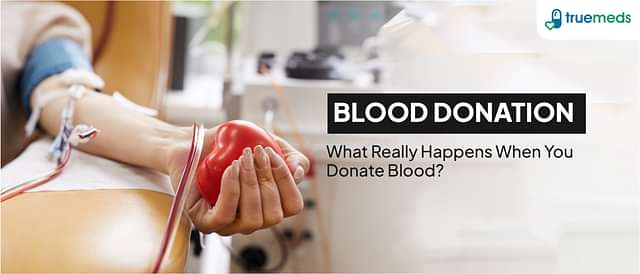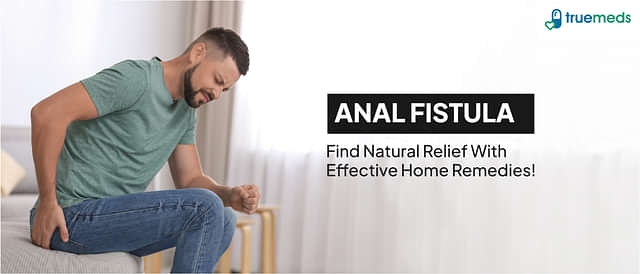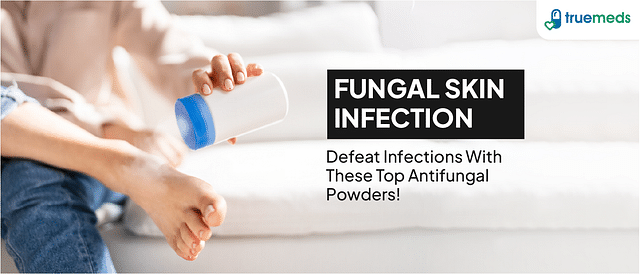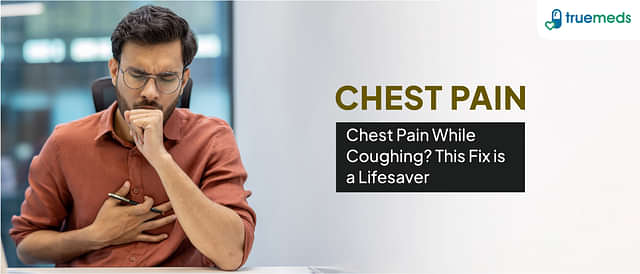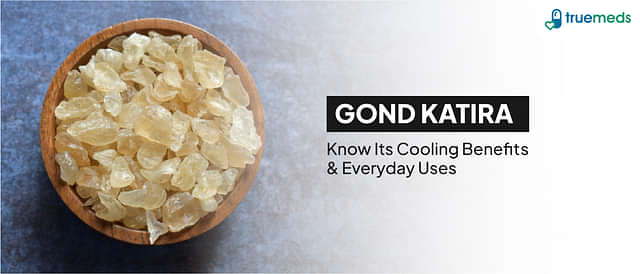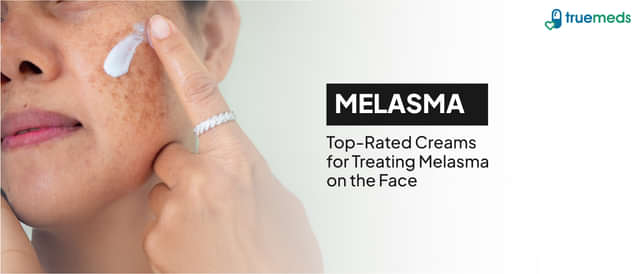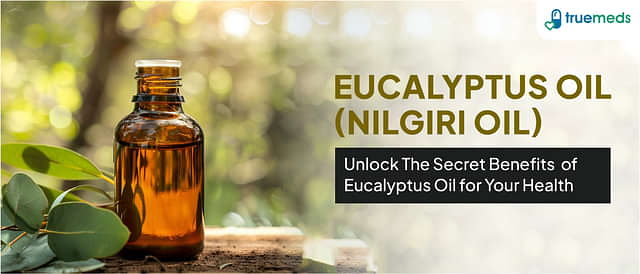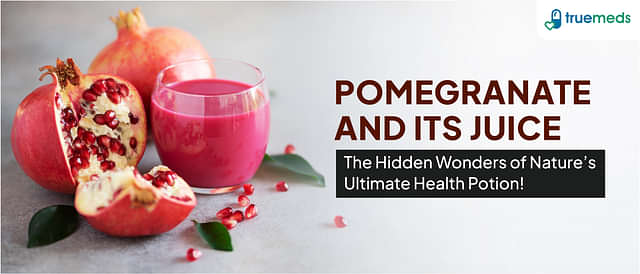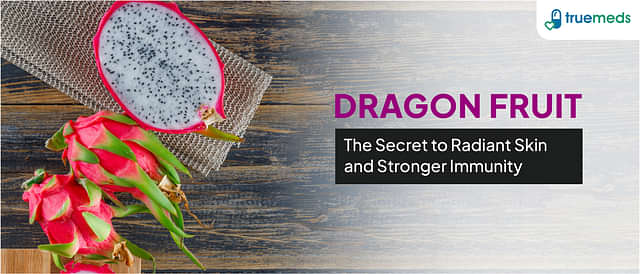First Aid for Burns – 10 Tips for Treating Minor Burns at Home
Last updated on : 18 Mar, 2025
Read time : 9 min
Introduction
Burns can be quite common, particularly in the household setting, ranging from minor to severe. It’s crucial to know the first aid for burns and how to appropriately treat a minor burn at home to prevent additional damage and facilitate healing. Simple first aid, such as cooling the burn under running water and applying aloe vera gel, can effectively manage minor burns. This practical guide will outline 10 tips for treating minor burns at home, ensuring your comfort, safety and recovery.
Understanding Burns
Burns can vary significantly in severity and cause, ranging from minor household accidents to serious injuries. Understanding the types and proper treatment of burns is crucial for effective first aid and recovery.
Different types of burns (first, second, and third degree)
Understanding the different types of burns can help you determine the appropriate course of action. There are primarily three types of burns:
- First-degree burns: The outer layer of skin is mainly affected, resulting in redness and pain.
- Second-degree burns: They penetrate deeper into the skin and cause blistering.
- Third-degree burns: They can reach the deepest layers of skin and cause white, brown or black charred skin.
Minor burns typically fall under first or second-degree burns and cover a small area. However, it is important to know when to seek medical attention.
When to Seek Medical Attention
By understanding when to seek medical help, you can confidently treat most minor burns at home.
- First aid can help with minor burns, but severe burns need immediate medical care.
- Burns affecting critical areas such as the face, hands, or feet also need prompt professional care.
- If you notice large blistering or have concerns about a burn’s severity, consult a medical professional immediately.
- First aid for burns should include a quick severity assessment to decide on home treatment or medical intervention.
Signs and Symptoms of Minor Burns
Recognising the signs and symptoms of minor burns is essential in administering effective first aid for cuts and burns. The common indicators include:
- Redness and pain
- Blistering
- Swelling
- Dry, peeling skin as it heals
If you have any concerns about the severity of a burn, it’s always best to consult a medical professional.
10 First Aid Tips to Treat Minor Burns
Properly treating minor burns promptly can significantly alleviate pain and promote faster healing. Here are ten essential first-aid tips to ensure effective care for minor burns.
- Cool the Burn
- The first step in burn first aid, whether from a hot cup of tea or a hot iron, is to cool the burn.
- Keep the burned area under cool, running water for 10-20 minutes, or until the pain lessens.
- Remember not to use ice or extremely cold water as it can cause further damage to the tissues.
- Remove Jewelry and Clothing
- If you or someone else has a burn, it’s crucial to remove any tight items. This may include rings, bracelets, watches, or clothing from the burned area before it starts to swell.
- Swelling is a common reaction after a burn and removing such items ensures they don’t cut off circulation.
- Cover the Burn
- After cooling the area and removing any debris, cover the burn with a sterile gauze bandage or a clean cloth. This protects the burn from dirt and bacteria.
- Avoid breaking any blisters that form, as this can increase the risk of infection.
- If a blister does break, clean the area with mild soap and water and apply an antibiotic ointment.
- Elevate the Burn
- If possible, try to elevate the burned area.
- This can help reduce swelling and discomfort.
- If it’s an arm or leg that’s been burned, use a pillow or folded blanket to raise it.
- Over-the-Counter Pain Relief
- You can take over-the-counter pain relievers like paracetamol or ibuprofen if needed for pain relief.
- Please ensure you follow the manufacturer’s instructions on dosage.
- Moisturise
- Apply a moisturising lotion like aloe vera gel to soothe the skin and prevent it from drying out.
- This also helps in the healing process.
- Avoid Butter or Toothpaste
- Applying substances like butter or toothpaste can cause an infection.
- So, as part of your first aid for burns and scalds, avoid these home remedies.
- Protect from the Sun
- As your burn heals, it will be more sensitive to sunlight than normal skin.
- Protect the area from the sun until it has fully healed to avoid any further damage.
- Watch for Infection
- Infections can complicate the healing process of a burn.
- Be alert for signs of infection, including heightened pain, redness, swelling, or pus.
- If these symptoms occur, seek medical attention immediately.
- Prevent Future Burns
- Be cautious around hot surfaces, liquids, and open flames.
- Keep flammable materials away from heat sources to prevent future burns.
Following these guidelines on first aid for cuts and burns, most minor burns can be safely treated at home. However, always seek immediate medical attention if the burn is severe or covers a large area.
What Dietary Changes Are Important for Burn Recovery?
Increased Protein Intake: Essential for rebuilding muscle and repairing tissues; should make up about 20% of total caloric intake. Sources include lean meats, fish, eggs, dairy, legumes, and nuts.
- Higher Caloric Needs: Due to an increased metabolic rate, patients may need more calories. Small, frequent meals are recommended to meet these needs.
- Carbohydrates as Primary Energy Source: Provide glucose for energy, allowing protein to focus on tissue repair.
- Healthy Fats: Important for essential fatty acids and additional calories. They should not exceed 30% of total caloric intake to avoid compromising the immune system.
- Vitamins and Minerals
- Vitamin C: Crucial for collagen formation and immune function.
- Zinc: Aids in wound healing and immune support.
- Copper and Selenium: Help with tissue repair and overall recovery.
When to Seek Medical Help
Knowing when to seek medical attention for burns is crucial for ensuring proper care and preventing complications. Whether it’s a scenario of first aid for burns and scalds or first aid for electrical burns, you should seek medical help. Here are key indicators for when to contact a healthcare provider:
- Size and severity of the burn: If the burn is larger than 2 inches (5 centimetres) in diameter, consult your family doctor. This is especially important if the burn covers hands, feet, face, groin, or major joints.
- Depth of the burn: Deeper burns often have a leathery texture and could show patches of brown, black or white. Such third-degree burns require immediate medical attention.
- Cause of the burn: Certain types of burns that are caused by fire, chemicals or electricity can lead to serious complications requiring specialised treatment. In situations of first aid for acid burn or burn patients exposed to radiation, it is best to seek professional help.
- Signs of infection: Keep an eye out for increased pain, redness, fever or swollen lymph nodes which could indicate an infection. If there is oozing or pus from the burn area post first aid for cuts and burns, consult your healthcare provider.
- Blisters: If large blisters develop, especially if they are painful, it is advisable to consult a healthcare provider.
- Tetanus risk: For a deep burn, contact your family doctor for a tetanus booster if your last shot was over five years ago.
- Burns on sensitive areas: Burns affecting sensitive areas like the face, hands, feet or genitals require professional evaluation due to potential complications.
- Difficulty breathing: If the burn victim has difficulty breathing especially in inhalation injuries rush to the casualty for immediate medical help.
Recognising these signs can significantly improve outcomes for burn injuries. Always consult a healthcare provider if you are unsure about the severity of a burn. Remember, timely intervention can be a lifesaver in cases of severe burns.
Conclusion
Knowing how to treat minor burns at home is crucial for effective first aid. The right actions can reduce pain and promote healing. Recognising when to seek professional help is equally important, especially for severe burns, large burns, or burns in sensitive areas. Acid burns may require immediate medical attention due to their nature. Being prepared and informed about burn first aid allows for confident responses, minimising impact and promoting quicker recovery. Always prioritise safety and seek medical advice when necessary.
FAQs
For first aid for burns, you should avoid using ice. It can potentially cause further damage. Cold, but not icy water is best.
No, one should never apply butter or oil as a first aid for burns and scalds. They can trap heat and increase pain.
Use a non-stick bandage, such as a plastic wrap or a specialist burn pad, for first aid for cuts and burns. These prevent the dressing from sticking to the burn, reducing pain and the risk of infection.
If the burn is deep, larger than your palm, or caused by chemicals or electricity, seek immediate medical attention.
No, popping blisters can risk infection. This is crucial information for first aid for burn patients.
Over-the-counter (OTC) painkillers can be used. Always follow the chemist’s advice and consult a healthcare professional if the pain persists.
First aid for electrical and chemical burns differs. In both cases, seek immediate medical help to ensure proper treatment and prevent further injury.
Signs of infection include increased redness, swelling, or pus. If these occur, contact your family doctor promptly to prevent the infection from worsening.
Disclaimer
Our healthcare experts have carefully reviewed and compiled the information presented here to ensure accuracy and trustworthiness. It is important to note that this information serves as a general overview of the topic and is for informational purposes only. It is not intended to diagnose, prevent, or cure any health problem. This page does not establish a doctor-patient relationship, nor does it replace the advice or consultation of a registered medical practitioner. We recommend seeking guidance from your registered medical practitioner for any questions or concerns regarding your medical condition.
Popular Articles
Recommended Articles
Recent Articles
Top-Selling Medicines:
...View more
Top-Selling OTC:
...View more
Company
About UsHealth ArticleHealth StoriesDiseases & Health ConditionsAll MedicinesAll BrandsNeed HelpFAQSubscribe
Registered Office Address
Grievance Officer
Download Truemeds

Contact Us
Our customer representative team is available 7 days a week from 9 am - 9 pm.
v3.7.10
Our Payment Partners





























